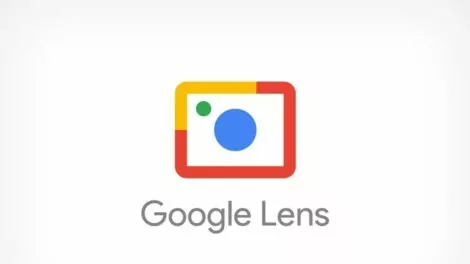Meta (formerly Facebook) clearly wagers vast forces aggressively developing augmented reality ecosystems manifesting their utopianReady Player One vision for omnipresent AR wearables embedding digital enhancements atop physical environments.
Central addressing these sky-high ambitions, Meta four dimensionalizes robust artificial intelligence infusing the very fabric of AR glasses humanizing digitally enhanced vistas through technologies like visual recognition, language translation and intuitive environment mapping – crucial breaking barriers towards everyday AR acceptance escaping novelty gadgetry.
Let’s explore the filled roles AI plays augmenting AR glasses versatility then weigh privacy considerations still requiring thoughtful discretion given enhanced data collection risks accompanying such realization.
AI Assistant to Simplify Hands-Free Control
The next generation Ray-Ban Stories partner device plans onboarding an integrated AI assistant performing tasks like identifying objects seen through AR displays then relayingaudiible labels to users or even translating foreign text detectedin real-time during international travels.
This voice assistant offloads manually initiating queries contexts become clear glancing across enhanced scenes or communicating language gaps to machines more effortlessly.
Hands-free abilities grant discreet ambient aid without breaking focus fiddling through apps menus thanks to observant AI discreetly injecting invaluable perspective.
Refining Environment Mesh Alignment
Beyond assistant features, Meta also hones algorithms adeptly mapping three-dimensional spaces to convincingly blend augmented overlays against actual structures for heightened realism feeling virtually indistinguishable from reality.
Sophisticated plane detection collects spatial awareness data then orients imagined assets like measurement annotations or artwork augmentations ‘sticking’ them to appropriate surfaces with impressive visual clarity.
These fused genuine/synthetic environment previews aid designers and engineers collaborating creatively or architects conceptualizing renovations benefiting economically from hyper-realistic model walkthrough previews.
Addressing Privacy Concerns in an Enhanced Reality
However, pervasive Digitally enhanced visibility also risks potential privacy infringement minus safeguarding precautions built forwarding into data gathering architecture foundationally.
Between ambient location tracking, recording spaces potentially considered private or attempting tying AR behaviors with profiles for transparent advertising means, concerns justifiably arise around consent losing priority chasing engagement metrics.
Therefore Meta must obligations preserving user agency over unwanted data collection respecting nuanced regional laws through encryption, selective sharing tools and explicit explanations when insights get captured, analyzed or stored.
The Outlook for Mainstream AR Glasses Adoption
Looking towards horizons ahead, seamless user-friendly AR glasses experiences feel incrementally more inevitable as computing melds environment inputs, assistant accelerate insights andpersistent Internet overlays.
But designers must remain conscientious seen pitfalls like distraction addiction from overstimulation, inaccessibility barriers for disabled groups and respecting public preferences minimizing intrusive advertising amidst already chaotic urban dynamism.
If inventors tread carefully, crafting engineering feats empowering humanity grasp futures tools benefiting mankind needn’t compromise the veins intrinsically tethering existence bare-boned already shared planet either.










Add Comment